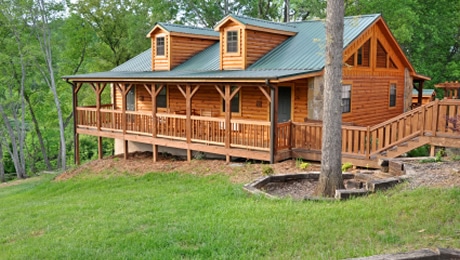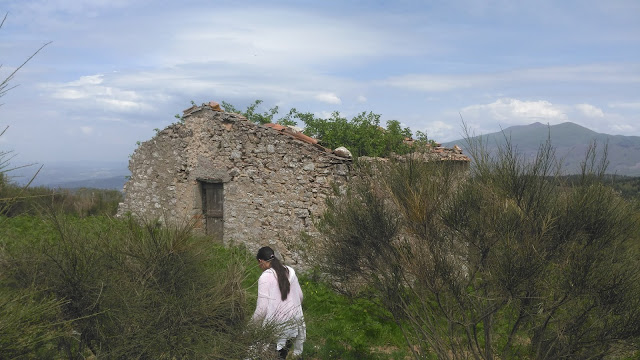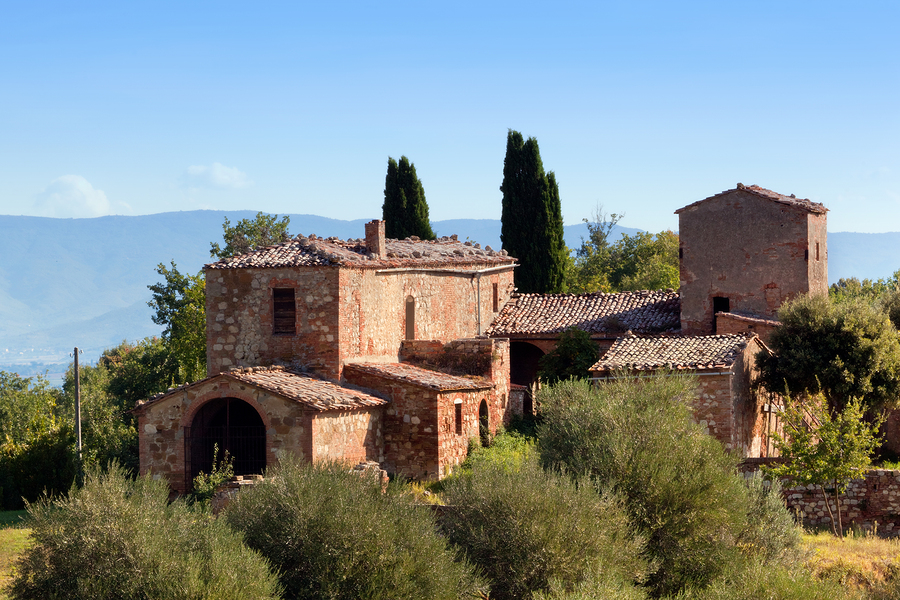Very recently I came upon a post and I really wished I had known this forty to forty-five years earlier; it seems to fit like a glove and explains soooo much! I will quote the whole post (ehh 2 in fact)!
<quote>
Not very much. They both are screwed.
The reason is the communication range, which is +/- 30
points (two standard deviations) to each direction. The communication range is
the range of IQ where meaningful interaction (= conversation, human relations,
socializing etc) is possible. For IQ 145 it is 115 to 175; for IQ 160 it is 130
to 190. The communication range restricts the segment of people in the society
where they can find any meaningful social interaction - and where they are
accepted as members of company.
For someone with IQ of 145, the lower threshold of 115 means he or she
is restricted more or less in the academia or top notch professionals: all in
all, his or her communication range covers 15% of populace. But someone with IQ
of 160 finds his or her communication range limited at 130 - effectively
restricting it to Mensa qualifying people - which is some 2% of population.
They both are likely to be extremely lonely, perceived as nerds, geeks
or freaks by the rest of the society, and most likely single. The one with IQ
of 145 will find it easier as his or her communication range is wider. Someone
with IQ of 160 is most likely to be either an academic lab rat - or completely marginalized
and perceived as an outcast.
After 130 IQ does not really matter much any more on one’s performance. IQ of 130 is enough for
almost any profession, vocation or trade imaginable (unless your ambition is to
become a chess professional or win a Nobel prize). Other things begin to have
more significance: diligence, ambition, persistence, perseverance, family
background, human relations etc. After 130 IQ begins to become more of a liability
than an asset, and the greater the IQ, the greater also the problems.
IQ is like height: slightly
more than average is an advantage, much more than average is a disadvantage.
Let’s say high IQ is a blessing which comes
with a terrible price. And each and every person with
reading east from 135 has paid that price.
High IQ persons usually have also extremely vivid and
wide spectrum of emotions and emotional life, and when they are happy, they are
in rapture, and when they are unhappy, it is sheer emotional hell. The IQ is a
great enabler, and it unfortunately also enables to experience unhappiness in
much deeper and profound ways than anyone with mediocre IQ would.
Homo sapiens are
herd animals, and humans are most happy when they are among their own herd -
or tribe, as I call it. Unfortunately lika barn leka bäst -
similar kids play best together - and the more homogeneous a group is, the more integrated
and tightly knit the group is and the less there are internal conflicts or
disputes. When someone is excluded from a group, ousted or ostracized, it makes
him or her unhappy. Loneliness and exclusion is the most common reason
for anomie - losing the reason for life and will to live and
to commit suicide.
And overtly high IQ is the most certain way to get
excluded and ousted. The reason is the communication range. It
makes you different and not fitting in.
The concept of communication range was established by
Leta Hollingworth.*** It is +/- 2 standard deviations (roughly 30 points) up or
down on one’s own IQ. It denotes the range where meaningful interaction
(communication, discussion, conversation and socializing) is possible. If the
IQ difference between two persons is more than 30 points, the communication
breaks up. The higher IQ person will look like an incomprehensible nerd and the
lower IQ as a moronic dullard - and they will not find anything common.
+/- 30 points does not sound much, but once the IQ is
past 135, the downsides are imminent. When someone has a perfectly mediocre IQ
(100 for Caucasian average), his communication range is from IQ 70 to IQ 130,
which covers some 98% of the whole population. But when it is 135, it is from
105 to 165, which is approximately 36% of population. And it gets worse: if it
is 162, your whole meaningful set of human interactions is restricted
to Mensa qualifying people only (2% of whole population). Good luck
for finding friends, acquaintances, colleagues - or spouse.
And it gets worse.
When the average IQ of a group is lower than the lower
end of your communication range, the group will see you as a hostile outsider.
They will do anything to bully you out of their presence. They will ostracize,
excommunicate and oust you among themselves.
Sorry, but this is basic human psychology.
Human group dynamics dictates that when the diversity grows too big, the group
becomes inoperable - the group interaction becomes impossible. And high IQ
means exactly that.
You may say that nobody must left behind and that
mobbing and bullying is nasty and unacceptable, but our biology dictates
otherwise. Exclusion is the basis for co-operation. A group which does not
exclude people differing from the norm off or otherwise eliminate their
presence, becomes dysfunctional.
Let me put this bluntly: every single human
being with IQ of 135+ has experienced this exclusion, ousting and
loneliness. The stereotype of a lonely genius does not come from empty
air. It is cruel reality. And each and every human being with IQ of
135+ has experienced such unhappiness and misery the mediocre IQ people can not
even imagine in their nightmares. I have cried my cubic meter of tears.
And this issue - that unhappiness is due to loneliness
and the loneliness is due to the communication range - is something
very few high IQ people ever realize.
The secret for happiness is to find your own tribe.
To find a group of reference where the average IQ is well on your communication
range and where you are accepted as what and who you are and where you are
genuinely liked and approved. On my own case, it is sailors and skydivers. The
average IQ in both groups is well beyond 130.
Once you have found your own tribe, the unhappiness
and misery will lift off. You will experience something which comes naturally
to the mediocrities. You may even find meaningful human relations, friends and
even wife or husband there. It is no secret many skydivers are either single -
or married to each other.
Let me illustrate this with a personal example.
I have volunteered in the Finnish military. The
Finnish military is based on universal male conscription, while females may
volunteer. Since all able-bodied men are bound to serve on pain of prison, the
cohort really is an intersection of the whole society.
If we discount us girls (we slept in a separate lodge
but trained with boys) the boot camp consisted of conscripted boys. The average
IQ of Finns is 99 (Vanhanen & Lynn et al). It was very much an intersection
of boys born on one certain year. Our company consisted of some 160 boys, of
which 15 were washed out during the boot camp. This would predict there were 4
boys (and me) whose lower limit of communication range IQ was over the average,
and 4 whose upper limit IQ was below it. Needless to say, all but one of the
low end boys were washed out. But those with top high IQ had real difficulties
on fitting in - as did I have. I won’t go to details but let’s say there were
conflicts.
Once the boot camp were over and we were officially
Privates, the selection for special training was made. I was assigned to a
technical and demanding branch, where the average IQ was almost one standard
deviation higher than in the boot camp. Now if the boot camp had felt like a
prison or concentration camp, the specialist training was more akin to
comprehensive school. I found it much easier to fit in and my motivation to
serve returned.
When an opportunity to apply for officer training
opened, I thought it would provide me a way to climb a couple of rungs on the
military ladder from the bottom of the food chain. To my surprise I was
approved. The training was hard and tough - the boot camp had been only a mild
prelude compared to what we cadets had to endure - but we all were volunteers,
and the average IQ of military engineering cadets was close to 130. From the
first day on I felt I am now amongst my own. I liked each and every minute of
it. While the training was straight from Hell, I can still remember the team
spirit and the unity we experienced. It was like being in a boarding school,
like Eton or Harrow. We formed life-long
friendships.
Unfortunately, I failed as an officer. My IQ at the
lower end of my communication range was higher than the average of the privates
- they saw me as an incomprehensible nerd and would not accept me as their
leader. So I resigned and went for academia.
It is a cliché
to say “all high IQ people are generally unhappy”. No, they aren’t. IQ is a
great enabler, nothing more. But I would say all high IQ people have
experienced such terrible unhappiness which is utterly uncommon amongst lesser
brainy. And the reason for that is the communication range, which breeds
loneliness. But once they find their own tribe, they become happy as they can
be.
<end quote>
***
http://www.gifteddevelopment.com/highly-and-profoundly-gifted/leta-hollingworth-birthmother-pg
https://en.wikipedia.org/wiki/Leta_Stetter_Hollingworth


























